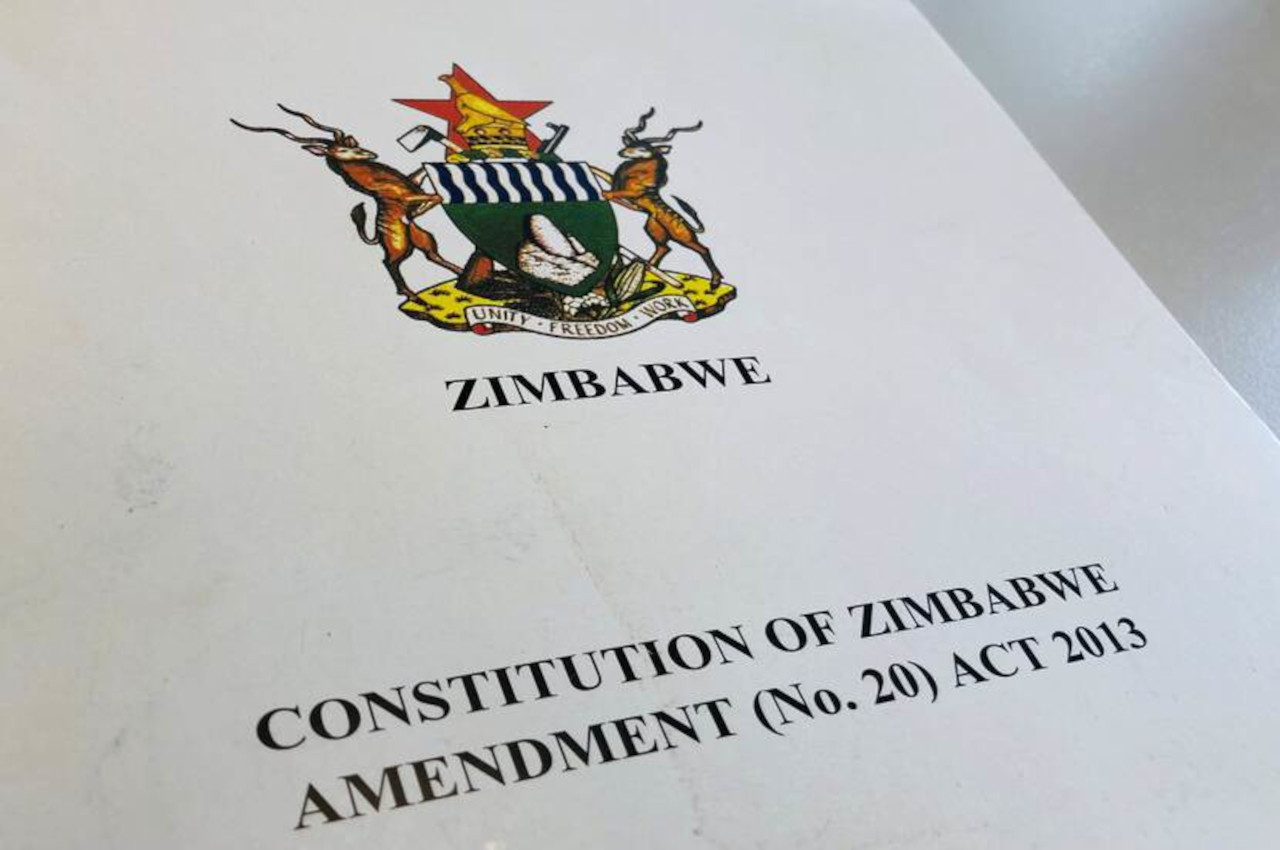Zimbabwe Coat of Arms: Meaning, History, and Significance
The Zimbabwe Coat of Arms is an emblem of the country’s sovereignty and identity, reflecting Zimbabwe’s values, history, and aspirations. In this blog post, we will delve into the meaning, history, and significance of the Zimbabwe Coat of Arms and its role in Zimbabwean culture and identity.
What is the Zimbabwe Coat of Arms?
The Zimbabwe Coat of Arms is a national emblem composed of various elements that symbolize Zimbabwe’s values, history, and aspirations.
Description of the Zimbabwe Coat of Arms
The Zimbabwe Coat of Arms is a national emblem that represents the country’s rich history and cultural heritage. The emblem depicts two kudus standing on top of an earth mound, one on the left and the other on the right of a shield. The earth mound has stalks of wheat, a pile of cotton, and a head of maize. A banner with the Zimbabwean national motto, “Unity, Freedom, Work,” lies below the earth mound.
The shield is green and features waves of alternating white and blue waved lines at the top, known as the chief argent. The center of the shield depicts a representation of the ancient Kingdom of Great Zimbabwe, known for its remarkable stone architecture and rich cultural heritage.
The shield is flanked by an agricultural hoe on the left and an automatic rifle on the right. Above the shield, there is a wreath of gold and green silk. A red star and a golden Zimbabwe bird are on top of the wreath and the shield.

[Image Credit: Alternate History Wiki]
Meaning of the Symbols on the Zimbabwe Coat of Arms
Each element of the Zimbabwe Coat of Arms has its own meaning and represents Zimbabwe’s values, history, and aspirations.
- The Kudus’ blend of black, white, and brown in its natural colouring symbolizes the unity of purpose of the various ethnic groups in Zimbabwe.
- The earth mound represents the plants that provide food and clothing to the Zimbabwean people.
- The blue and white wavy lines symbolize the water that brings fertility and prosperity.
- The green shield represents the fertility of Zimbabwe’s soil. Great Zimbabwe stands for the historical heritage of the nation.
- The Rifle and Hoe celebrate the struggle for peace and democracy, as well as the proud work ethic of the Zimbabwean people, and symbolize the country’s transition from war to peace.
- The wreath of green and gold banding represents the mining and agricultural enterprises that sustain Zimbabwe’s national economy. The
- Red Star is an ancient symbol of hope for the future. The colour red reminds Zimbabweans of the suffering of their people and the need to avoid its recurrence.
- The Great Zimbabwe bird is the national heritage of the Zimbabwean people, symbolizing their national identity.
- The motto “Unity, Freedom, Work” reminds Zimbabweans of their need to maintain national unity, work hard, and preserve the freedom they enjoy today.
History of the Zimbabwe’s Coat of Arms
The Zimbabwe Coat of Arms was adopted on 21 September 1981, following the country’s independence from colonial rule. It replaced the Rhodesian coat of arms used during the colonial period, which featured a lion and a tusk of ivory, symbolizing the country’s colonial history.
Significance of the Coat of Arms
The Zimbabwe Coat of Arms is a crucial symbol of the country’s identity and sovereignty. It reflects Zimbabwe’s values, history, and aspirations and serves as a reminder of the country’s struggle for independence. The emblem is featured prominently in various official documents, buildings, and institutions and is a source of pride for the people of Zimbabwe. It symbolizes Zimbabwe’s glorious past and hard-won independence and reflects the country’s vision for a bright and prosperous future.



